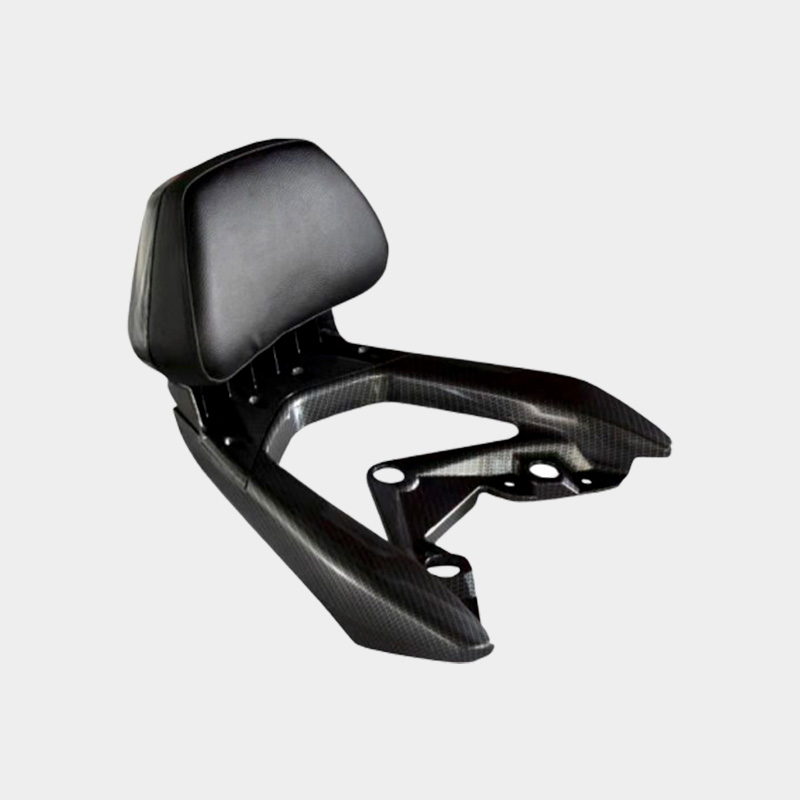In many Automotive Accessories Mould processes, especia […]
In many Automotive Accessories Mould processes, especially in plastics such as styrene, polyethyl acetate, and acrylates, residual monomers can cause unpleasant odors. It is sufficient to use resins with very difficult monomer residues to relieve these odors. If an odorless resin is used, the effect will be poor.
Tertiary amine catalysts used in the production of polyurethane foams generally produce little odor. In addition, it can form fog on the interior windows of the car. One solution to this problem is to find replacements for these amines. One way is to use polyols. The remaining hydroxyl compounds are not only part of the polyurethane molecular chain, but also have catalytic properties. Some polyols can also replace half of the tertiary amine catalyst and thus produce a product with less odor than this.
Phenol stabilizers used in PVC extrusion or calendering are often replaced by high odor zinc stabilizers. Tin octoate is also common in automotive PVC due to its high odor and low fogging properties. In products, vegetable oils (such as erucic and oleic acid) have a much higher odor than amine lubricants (used in polyolefin and styrene food packaging).

Taizhou Huangyan Chuangji Mould Industry Co.,Ltd.